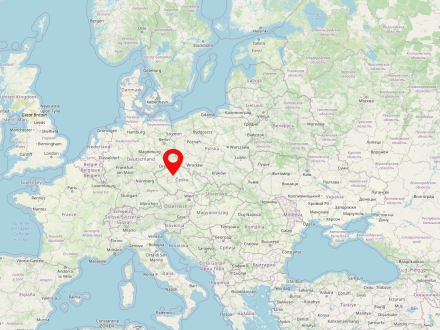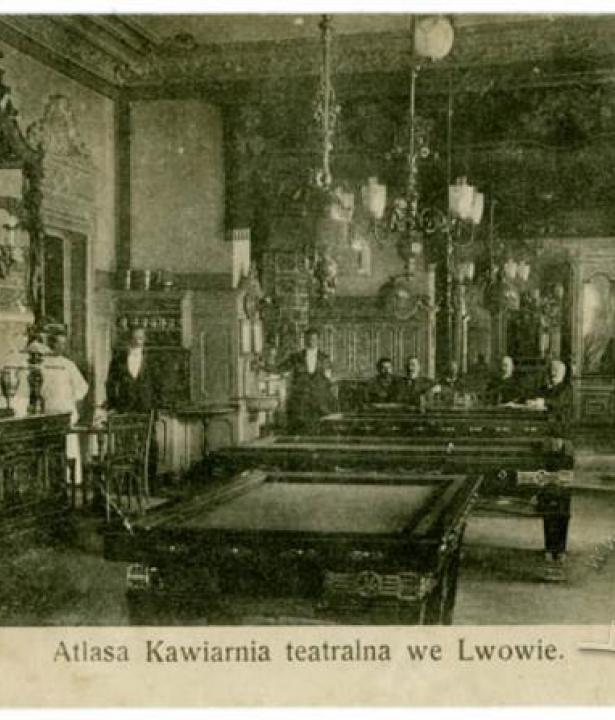Text
The coffeehouses of Prague gradually became essential centres of community life. They compensated for financial hardships and cramped housing by providing relatively cheap food and a place to spend time. Moreover, they fulfilled the need for entertainment, pleasure, and consumption, as well as – in some cases – eroticism. They provided venues for education and discussion, contributing to intellectual exchange, and serving as business premises or clubhouses. The actual drink, the cup of coffee, was seldom the customer’s primary interest. Different social groups would meet in different coffeehouses, as was the case with other European cities. The words of author Friedrich Torberg (1908–1979) seem very apt: “To attempt to reduce the many-layered phenomenon of the ‘coffeehouse’ to a single denominator is a futile undertaking.”
When considering the coffeehouses of Prague as sociocultural venues one cannot help noticing the specific narratives of the nations that frequented them. Nevertheless, it is clear that coffeehouses served just as much as meeting places as venues to demonstrate different political and cultural positions, or one’s national identity – in particular if they were embedded in the national urban context (e.g. by proximity to institutions with national associations such as the national theatre). Naturally, certain coffeehouses emerged as the favourite haunts of artists and intellectuals, just as people tend to go to their favourite cafés today. Things would not always be harmonious when diverse people and groups came together – this was only natural. But these very differences led to that creative and inspiring atmosphere characteristic of the Czech–German–Jewish urban milieu and the art scene in Prague around 1900. Intellectuals and artists emerged as intermediaries willing to cross social and political boundaries, engage in public dialogue, and, in so doing, open up the possibility of intermediate positions in national discourse.
Above all, coffeehouses gave rise to new, alternative spaces for communication and exchange, which enabled new and different forms of encounter. They became what the French philosopher Michel Foucault (1926–1984) called heterotopias. As venues for transnational gathering, they effectively served as democratic institutions, gathering diverse individuals around a single table and equalizing differences. The idiosyncrasy of the Prague coffeehouse culture was based squarely on the ethnically and culturally heterogeneous environment that epitomized Prague, a sort of Tripoli with a Czech-speaking majority as well as a German-speaking and a Jewish minority. For a city like Prague, the coffeehouse was exactly the kind of democratic meeting place it needed for its culturally hybrid society.



























